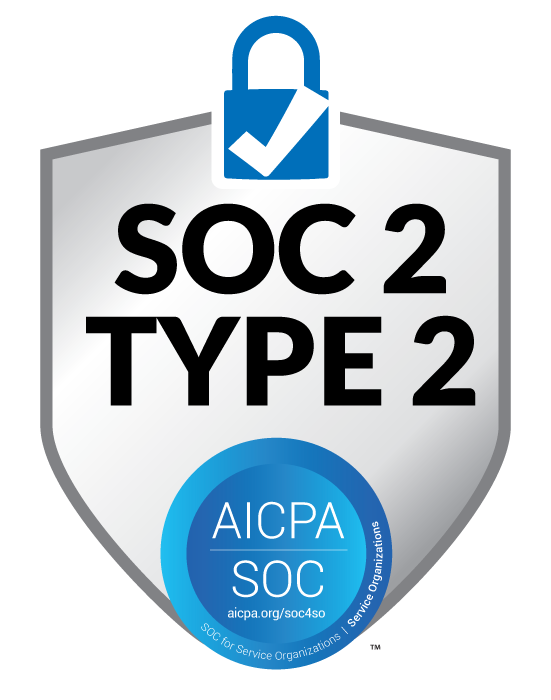Introduction: Why Caching is Critical for LLM Performance
In the era of large language models (LLMs), where models like GPT-4 and Llama process billions of parameters, efficiency is paramount. LLMs excel at generating human-like text, but their inference phase—generating responses token by token—can be computationally intensive and costly. Enter caching mechanisms: these are like the short-term memory of LLMs, storing intermediate computations to avoid redundant work. Without caching, every new token generation would recompute the entire context, leading to skyrocketing latency and expenses.
LMCache, an open-source KV cache layer, exemplifies this by enabling LLMs to prefill text only once and reuse KV caches for any repeated text segments, not just prefixes. This reduces time-to-first-token (TTFT) and GPU usage, making it ideal for long-context scenarios. For enterprises deploying AI agents, caching isn’t just a nice-to-have—it’s essential for scaling operations while controlling costs. In this blog, we’ll dive into LMCache and broader caching strategies, exploring their mechanics, benefits, and future in agentic AI.
- Faster Inference Times: By reusing KV caches, it cuts TTFT by 3–10x in vLLM-integrated setups for multi-round QA.
- Lower Compute and Memory Usage: Offloads to CPU/disk, freeing GPU for more requests—boosting throughput 3x.
- Cost Optimization: Enterprises save on GPU hours: Redis integration enables scalable, low-cost caching.
|
Aspect |
Without Caching |
With LMCache/KV Caching |
|---|---|---|
|
Latency (TTFT) |
High (recomputes all tokens) |
3–10x lower (reuses caches) |
|
Throughput |
Low (limited by GPU) |
3x higher (offloads memory) |
|
Cost per Inference |
High ($0.05–$0.20/1K tokens) |
50–90% savings on repeats |
|
Memory Usage |
Scales quadratically |
Optimized via quantization/offloading |
|
Scalability |
Poor for long contexts |
Handles 1M+ tokens efficiently |




